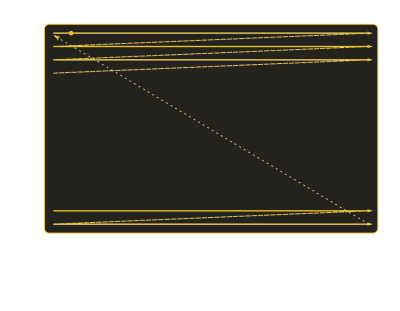Warping! It messes up your 3D printed parts, turning them into a useless, dimensionally-inaccurate mess. You can design your parts around it, or try and improve your printer in various ways. Or, you can check out some of the neat tricks [Jan] has to tackle it.
The basic concept is a particularly valuable one. [Jan] notes that ABS and PLA are relatively compatible. In turn, he found that printing ABS parts on top of a thin layer of PLA has proven a great way to improve bed adhesion and reduce warping. He’s extended this technique further to other material combinations, too. The trick is to find two materials that adhere well to each other, where one is better at adhering to typical print beds. Thus, one can be used to help stick the other to the print bed. [Jan] also explains how to implement these techniques with custom G-Code and manual filament changes.
We’ve been discussing the issue of warping prints quite often of late. It’s a common problem we all face at one time or another! Video after the break.
Continue reading “A Neat Trick To 3D Print With Fewer Warping Issues”

















